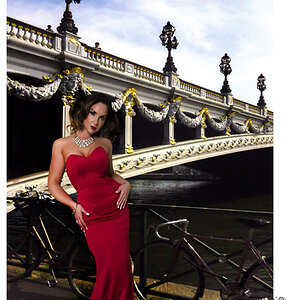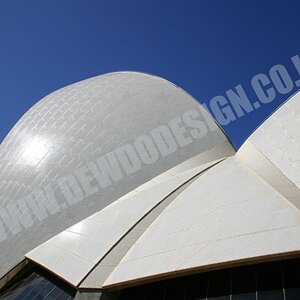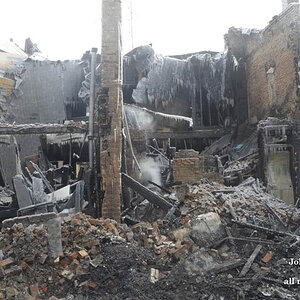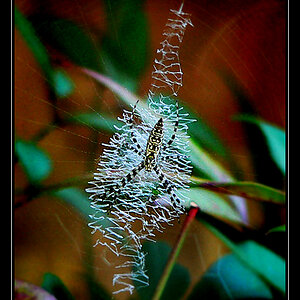Jon_Are
TPF Noob!
- Joined
- May 12, 2007
- Messages
- 655
- Reaction score
- 13
- Can others edit my Photos
- Photos NOT OK to edit
I did the search thang, but I'd like more input.
I'm in the market for a new tripod. I've settled on the Manfrotto 410 geared head, but I'm waffling between aluminum and carbon fiber for the legs.
95+% of its use will be architectural / interiors shooting. Most, but not all, of this will be indoors.
I don't expect to have to be carrying it for any sort of distance - no hiking nor mountain climbing - so, in that regard, weight is not an issue.
However...with the above in mind, I wonder if I should go for a slightly heavier (aluminum) choice in order to add stability.
I like the thought of a carbon fiber tripod, seems like it might be more durable over the years.
I guess my bottom line question is this: is a CF tripod that weighs, say, 3 lbs. as sturdy as an aluminum tripod that weighs 5 lbs.? Or is the CF - because of its lighter weight - shakier?
Budget is around $300-$350, but I'll be happy to spend less.
Thanks,
Jon
I'm in the market for a new tripod. I've settled on the Manfrotto 410 geared head, but I'm waffling between aluminum and carbon fiber for the legs.
95+% of its use will be architectural / interiors shooting. Most, but not all, of this will be indoors.
I don't expect to have to be carrying it for any sort of distance - no hiking nor mountain climbing - so, in that regard, weight is not an issue.
However...with the above in mind, I wonder if I should go for a slightly heavier (aluminum) choice in order to add stability.
I like the thought of a carbon fiber tripod, seems like it might be more durable over the years.
I guess my bottom line question is this: is a CF tripod that weighs, say, 3 lbs. as sturdy as an aluminum tripod that weighs 5 lbs.? Or is the CF - because of its lighter weight - shakier?
Budget is around $300-$350, but I'll be happy to spend less.
Thanks,
Jon


![[No title]](/data/xfmg/thumbnail/37/37519-6093821531f744039f3ac2b3e30c7dbf.jpg?1619738128)


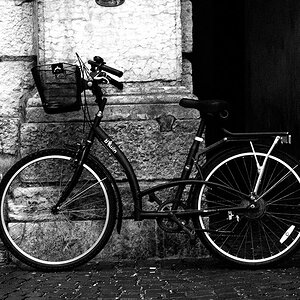
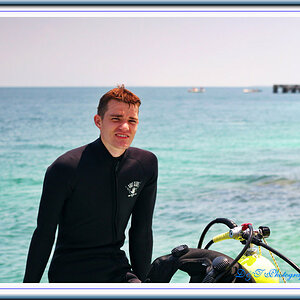
![[No title]](/data/xfmg/thumbnail/42/42329-331b54ea6493a8cdd21d8e624fe97e85.jpg?1619740129)
